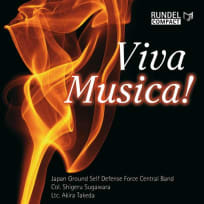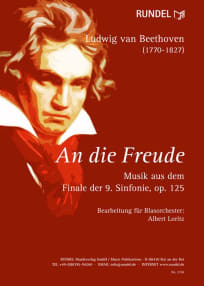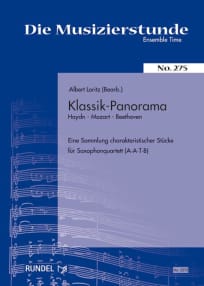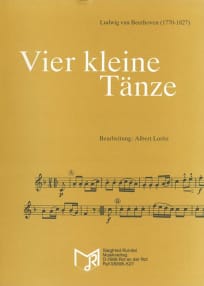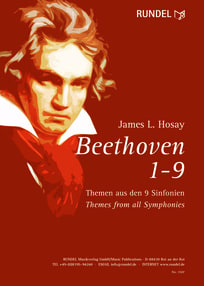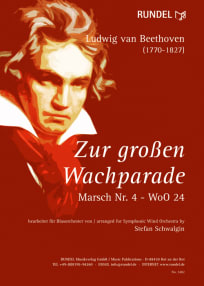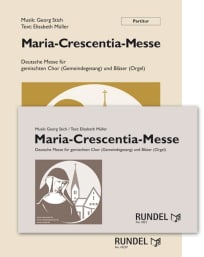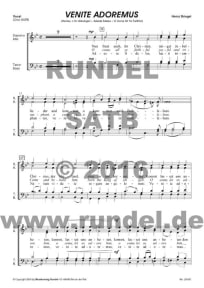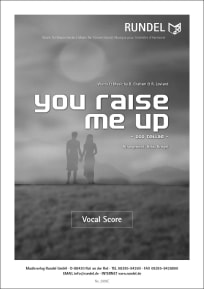An die Freude (Chor SATB) - MVSR2356C1 | Musica
Pagina inizialeMusicaAn die Freude (Chor SATB) - MVSR2356C1Coro SATB, Coro
An die Freude (Chor SATB)
Musik aus der 9.Sinfonie, op.125
Europahymne
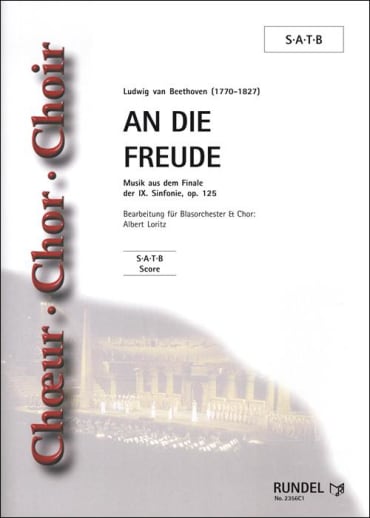
Coro SATB, Coro
An die Freude (Chor SATB)
Musik aus der 9.Sinfonie, op.125
Europahymne
Compositore
Arrangiatore
Genere
Durata
00:05:45
Difficoltà
Oberstufe
Editore
Rundel
Formato
A4
Info
Una serie = 10 partiture corali
Numero d'edizione
MVSR2356C1
Data di pubblicazione
2006
Lista dei Desideri
Stampa
Consiglia
Info
Beethoven’s Symphony No. 9 is a grandiose work, in regard both to its musical substance, as well as because of the political declaration associated with this piece. The composer leaves as his legacy the sentence: “All men become brothers”. It is no wonder that Beethoven’s Symphony No. 9 has been laid claim to by all political systems imaginable and has accordingly been used for their purposes. Beethoven’s Ninth surpasses everything existent to that date in scope and complexity. It would definitely go beyond the scope of this preface to appraise the grand architecture of this work. People seriously interested in this aspect can study the copious specialized literature available. Parts of the music of Symphony No. 9 have long enjoyed a life of their own. The setting to music of Schiller’s “Ode to Joy” with its simple, catchy tunes is known by many people all over the world - even though they may know nothing or only a little of the “origin” of this song or of Beethoven’s last symphony. There is no doubt that declaring “Ode to Joy” the European anthem was a wise decision that certainly corresponds to Beethoven’s political ideals. The Finale of Symphony No. 9 could be described as a combination of the serial principle (variation) and development techniques. The second musical motif (“You millions, I embrace you”) that contrasts strongly with the well-known first theme, and the complex development sections were not considered for an adaptation to the wind band. The present arrangement consequently is restricted to parts, which the listener may easily associate with the main theme of the finale (namely the European anthem). This is a legitimate approach, as “Joy, bright spark of divinity” may well boast its own story of reception by now. Thus a little sequence of variations came into existence that is based on sections that all stem from Beethoven’s Finale. However, here they were arranged in a different way - as there was the restriction to the anthem-tune.

